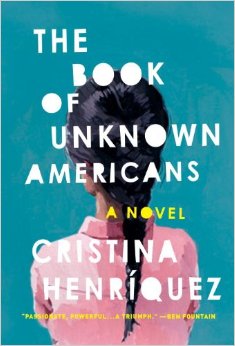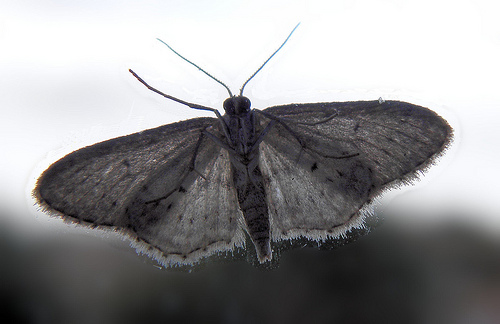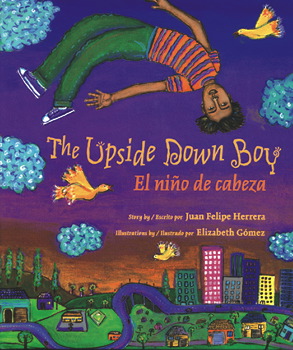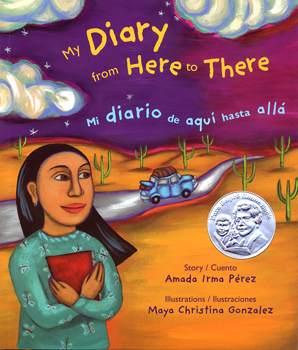Tag: Book Reviews
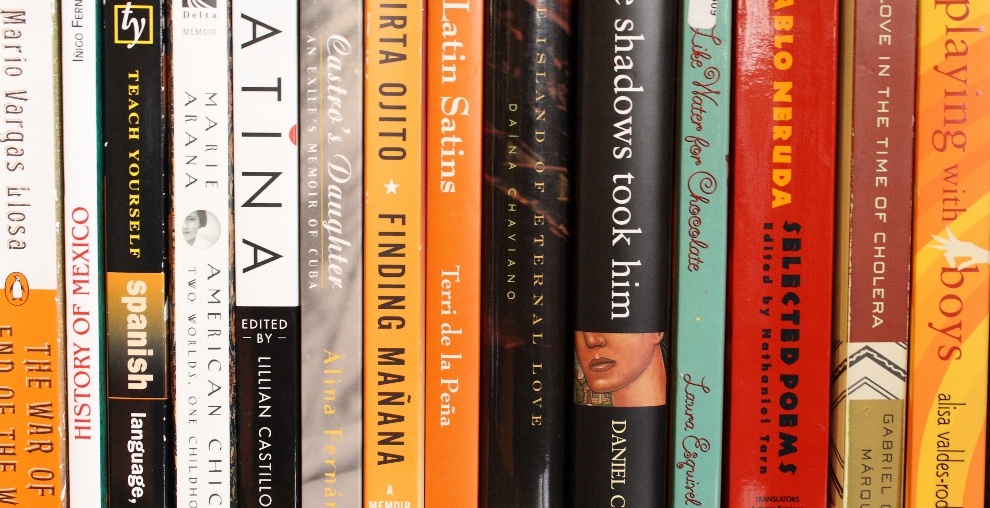
2
Jul 2014
Book Review:: The Book of Unknown Americans
posted in: Book Reviews
So, as I’ve said, I had Christina’s Henríquez’s collection of short stories, Come Together, Fall Apart laying around waiting for me to read it. I bought it at a used book shop, and yeah, when it comes to purchasing books – let’s just say I have a problem. I picked it up and read the first story. Henríquez’s writing was so lucid and compelling I felt I was walking around in the character’s life. Now that is what I’m looking for in a book. Now that I have a family, and I can’t read three novels a week, I need a book to be worth it. This is the other part of the reason I have lots of unread books laying around (besides, you know, the problem).
I was soooo stoked when I saw The Book of Unknown Americans suggested on Amazon that I bought it right away and put the other book down.
The Book of Unknown Americans is a novel composed of distinct chapters featuring different characters, all Latinos living in the U.S. The book story centers una familia michoacana: Maribel, a young girl who has been in an accident that caused traumatic brain injury, and her parents, Alma and Arturo. They come to the United States from Mexico for special education to improve her condition. Her neighbor, Mayor, falls in love with her. Most of the chapters tell the story from Alma and Mayor’s perspective.
Interspersed at even intervals between Alma and Mayor’s perspective, however, marginal characters pop up, delving into their story of coming to the U.S. and how they ended up where they are. The characters are diverse, hailing from Panama, Nicaragua, Guatemala, Mexico, Venezuela, Paraguay, and Puerto Rico.
“Maybe it’s the instinct of every immigrant, born of necessity or of longing: Someplace else will be better than here. And the condition: if only I can get to that place.”
One of the best things about this book are these perspectives. They tell the story of immigrants from place that is not stereotyped, not of pity. Perhaps best of all, these are not stories of the poor and downtrodden but noble immigrant. These are regular people who had dreams and whose lives sometimes took different courses. Our collective American narrative regarding immigrants is thrown out the window.
“‘Mi casa es tu casa,’ Celia joked as I looked around. ‘Isn’t that what the Americans say?'”
Henríquez explores relationships and emotions that are universal: mother-child, wife-husband, teenage love, guilt, grief, that feeling you get when you remember what your young self set out to do, but never achieved (is there a word for that?). This is where the book is triumphant. I like the format, I like that I feel there’s a sense of restraint (show-don’t-tell writing), I like the book’s possible positive impact on the image of Latinos in the U.S. But what I first saw in Henríquez’s writing was her ability to take a character’s feelings and implant them in you, so that you feel them. She doesn’t have to explain it, and sometimes I couldn’t put into words the feelings, either — I just knew.
Henríquez has a tumblr page dedicated to collecting stories of unknown Americans, which is also trending on Twitter via #unknownamericans.
no comments
2
Dec 2011
Spirited Away
posted in: Authors, books, Isabel Allende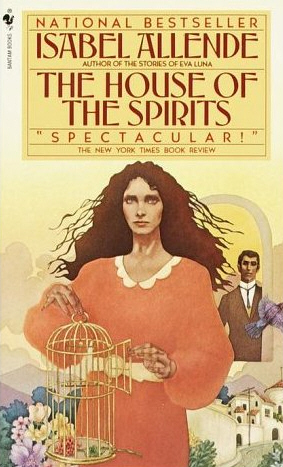
The House of the Spirits is like Latino Reading 101, to me, anyway. I have now read several works by Isabel Allende, and her writing is lyrical and moving. Her writing gallops at a wonderful pace, stopping here and there introspectively. The plots are wonderfully tangled and complicated. She plays the emotion in her characters like a harp. Incidentally, if you follow the Wikipedia page on Allende, you’ll find that she has faced as much criticism from her Latin American peers as she has found huge success worldwide. I won’t go into it here, but I do have to say that I am dumbfounded. I like her writing and her other books are even better than House, her debut novel.
This book was the first time I was introduced to magical realism, a popular writing style in Latin America. Magical realism is what it sounds like. In The House of the Spirits, it is introduced as a matter of fact that Rosa has green hair: “At birth Rosa was white and smooth, without a wrinkle, like a porcelain doll, with green hair and yellow eyes — the most beautiful creature to be born on earth since the days of original sin, as the midwife put it, making the sign of the cross.” Enter in giant dogs, an uncle who invents a flying machine, and the main character, Clara, who is both clairvoyant and can move things with her mind – and you get an interesting read. But wait, there’s more! The book takes place in an unnamed South American country that bears a striking resemblance to Allende’s home country, Chile. Hop on and gallop through the modern Latin American history while you’re at it.
Incidentally, the book was made into the Worst. Movie. Ever. I rarely ever like movies after I’ve read the book, but this movie was spectacularly awful. The acting, the rewriting that left out all the best parts, the mostly white cast – everything. I finally fell asleep watching Rose-uh and the Trew-A-buhs on Netflix. The movie really lost the Latin American feeling which permeated the book in a subtle, non-stereotypical way. Here’s a clip you can add to your awful movie files:
10
Nov 2011
Latina Self-Portraits and Helena Maria Viramontes
posted in: Authors, books, Helena Maria ViramontesSometimes I sit down to write and think, What do I write about? What interesting thing has happened to me that qualifies me to write a piece that is lucid on the topic of human nature? What can I say, it’s a writer’s neurosis. When I read works by Latina authors, I find myself relating to them, nodding my head and thinking, “Exactly!” and, “How did they know that?” It is then that I realize that writing what you know is hard because it’s actually writing everything that you take for granted.
Latina Self-Portraits, edited by Bridget Kevane and Juanita Herdia, is a somewhat older book (published in 2000 by University of New Mexico Press) that contains the interviews of 10 Latina authors, including Cherríe Moraga, Sandra Cisneros, and Julia Alvarez. The introduction is a bit scholarly (I actually think I bought this for a college project on Chicano literature), but the interviews are frank and interesting, so it really doesn’t matter whether your aim is to “[define] the literary space of Latina literature” or if you’re just interested in hearing what the authors had to say. I was astounded that even though the interviews took place in the late 1990s, the author’s thoughts and commentary on Latino culture are still so relevant. I did have to chuckle when Julia Alvarez, asked about a younger generation of Latino writers, says, “Oh yeah! Junot Díaz!”
Anyway, I was looking back over this book which I read a few years ago and wanted to focus on an author whose work I haven’t read. I picked Helena Maria Viramontes. Viramontes is the author of The Moths and Other Stories, Under the Feet of Jesus, and Their Dogs Came with Them.
The interview touches on several topics from farmworkers to her personal life to the influence of corridos. I LOVE that Viramontes says that the answer to whether to italicize phrases in Spanish is “absolutely not.” I feel the same way, at least for Latino literature. To me, Spanish is not a foreign language in our culture, so I don’t think the style rule applies.
Viramontes also talked about the writing process. Of the solitude of writers, she said, “We arrive in our seats with our sense of insecurities as human beings incapable of capturing the visions in our heads. With our open bleeding hearts, we arrive to make some understanding for ourselves and for the readers.”
One of Viramontes’s well-known short stories is “The Moths,” about a girl and her dying grandmother. The haunting story was inspired by an equally haunting photograph of a Japanese woman bathing her deformed child.
Viramontes writes a story of a girl caught between two cultures. The details are true. I can’t think of a better word, they’re just TRUE. The main character at one point remembers, “As I opened the door and stuck my head in, I would catch the gagging scent of toasting chile on the placa. . . . The chiles made my eyes water.”
Just yesterday I opened the window while toasting chiles on the placa, and wondered to myself why I don’t just roast them in the oven like I see gringos doing on television. Maybe it wouldn’t burn so much. But no, that wouldn’t be like my abuela did. And that simple part of making dinner made me remember my abuela and her housekeeping, her embroidery and tejidos, and sus hierbas for curing all ills. Today I read about my grandma in Viramontes’s story.
I won’t reveal more details because it would spoil such a short story. You have to read it yourself. But I think that this is the greatest compliment I can give an author – that when I read this story, I saw myself.
no comments19
Oct 2011
Children’s Book Press
posted in: Authors, books, Children's Books, UncategorizedI honestly don’t remember many pictures books from my childhood, though I know I read many. I started reading “chapter books” (I forgot that children call them that until my ten-year-old niece said it) when I was eight years old. I lovingly remember books by Laura Ingalls Wilder, Roald Dahl, Judy Blume, Gary Paulsen, and so on. But did I read anything written by a Latin@? No, I didn’t discover that until I found Sandra Cisneros at 14. Now, I know that there must be some childrens and YA books by Latinos out there, but I didn’t find it back then, and I read so voraciously from a young age that I quickly moved onto literary fiction adult titles to satisfy my appetite.
Now that I have my own child, I am interested in finding children’s books that feature Hispanics. So the other day I was delighted to find a whole shelf dedicated to mostly bilingual books in the kid’s section at the public library. (Hey, I live in Alabama – it’s a big deal to find that treasure trove. Our stores’ sections for Latino literature are as limited as the food, which you find in the Asian or beans sections at Wal-mart.)
Anyway, on to these two bilingual books, both by Children’s Book Press, a non-profit publisher of multicultural books for kids.
The Upside Down Boy is by Juan Felipe Herrera. This book is written in a melodious voice, bringing to mind, perhaps, a kid’s magical realism. Kids will love the story of Juanito (based on the author’s life), who moves to a new place and school and has to learn English. With his teacher and family as support, he discovers his gift for poetry and music and learns English. Parents (okay, maybe just me) will go wild for the beautiful lyricism:
“We are finger painting.
I make wild suns with my open hands.
Crazy tomato cars and cucumber sombreros —
I write my name with seven chiles.”
The illustrations are by Elizabeth Gomez. The creative, fantastical images accompany the writing perfectly.
I’m so excited about this author and the other works I saw on his website, and I actually found out that two more are available at my library. I will definitely be reading more by him!
My Diary from Here to There, by Amada Irma Pérez, tells Amada’s story of crossing the border via diary entries. She was as scared as any kid who is moving to a
new country. She finds out that her dad is actually an American citizen. He goes to find work and leaves the family behind for a short time while applying for green cards. César Chávez and the grape boycott make a cameo in the book!
I was impressed by the clear writing that is honest about the scary situations the family faced; but the tone keeps it interesting and wouldn’t freak a child out (I was really wondering how that would pan out when I started reading).
Perez’s website shows two other books, and she also does speaking engagements. I love her final words for tips to aspiring authors: “You ARE a WRITER because you write, not because you publish!”
The book is illustrated by Maya Christina Gonzalez. I loved the vivid colors of the art that has a definite Chican@ style.
no comments17
Oct 2011
The Turkish Lover
posted in: Authors, books, Esmeralda Santiago, Puerto Rico, UncategorizedEsmeralda Santiago’s book The Turkish Lover is about, well, her Turkish lover. If by lover you mean a narcissistic, pathologically lying, philandering, and controlling abuser.
The book starts out with Santiago’s move from Puerto Rico to the U.S. Her mother is scraping by, working as a seamstress, while Santiago begins to navigate the dichotomy between U.S. and Puerto Rican cultures. One scene from the book could have been pulled from my own life, when Santiago’s mother tells her:
“This is why you have to learn English, graduate from high school, and find work in offices, not factories,” she said in a voice unsteady with controlled anger. “So many humiliations, all because I didn’t get an education.”
So of course what Santiago does is exactly the opposite of what is expected from una “nena puertoriqueña decente” – getting a job, moving out, dating, moving to Florida with Ulvi, the list goes on. The mind control begins subtly in New York, when Ulvi criticizes her clothes and mannerisms, expecting her to change them, and then progressively get worse. The split that arises between her and her family and her culture is painful to read about. Santiago writes:
“I never called home because I knew Mami didn’t approve of my life with Ulvi and I didn’t want to hear the reproach in her voice. Except for me, no one in my family was mucho f a correspondent. Mami didn’t have the time to answer letters, and I didn’t know what to say if I were to write one. . . . months went by and I neither spoke to nor heard from anyone in Brooklyn. Bad news, I knew, would find me. Good news would accumulate until the next time we saw each other.”
This book was well-written, but hard to read. It wasn’t the writing but that I was so frustrated with the author – I kept thinking, “No, don’t go back to him! Oh my God, after what happened you’re going back? Why? Why? Why?” But it can’t be as hard as what she went through, slowly extricating herself from Ulvi’s grasp.
Luckily, Santiago was able to slowly break out of the relationship with this Ulvi character and graduate from Harvard. Spoiler alert: I can’t help but share some last lines of the book, which leave you wanting more:
“I was returning to my family free of a man who disdained my people and me. I was returning having exceeded even the most optimistic expectations for a poor girl from a huge family raised by a single mother under the most challenging conditions in a hostil culture and environment. . . . I was so proud of myself, I strutted toward the Departures gates. I had forgotten the Puerto Rican saying that Tata had muttered in our direction whenever we boasted about something we had done: Alábate pollo, que mañana le guisan. Boast now, chicken, tomorrow you’ll be stew.”
Not everybody is able to get themselves out of relationships that are physical or emotionally abusive. If you know someone who is abused, one place you can go for help is the National Domestic Violence Hotline at 1-800-799-SAFE.
no comments























